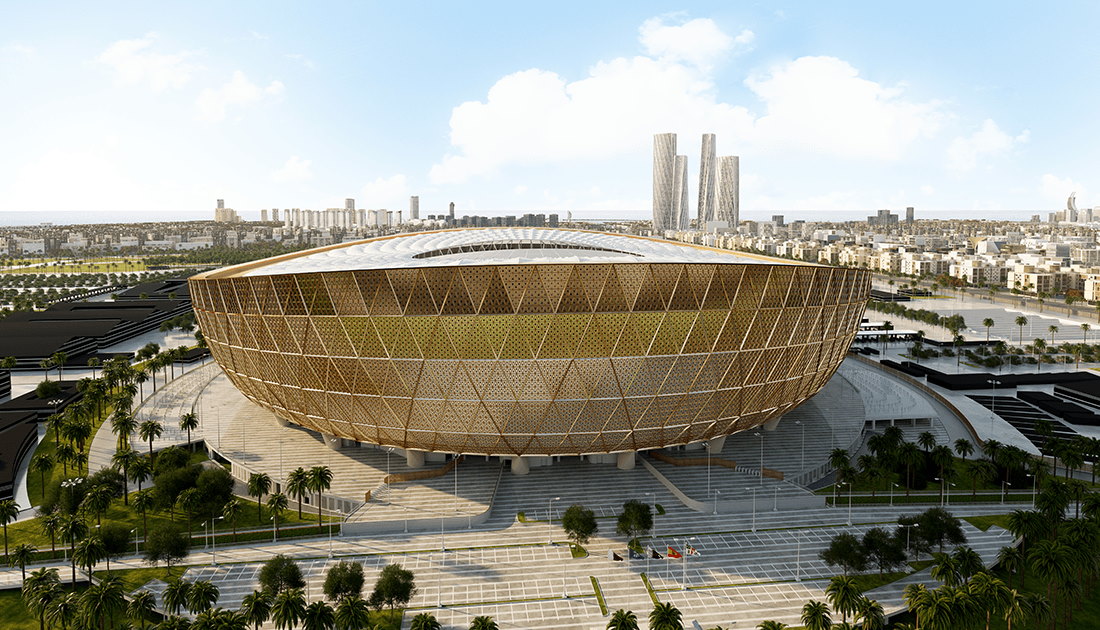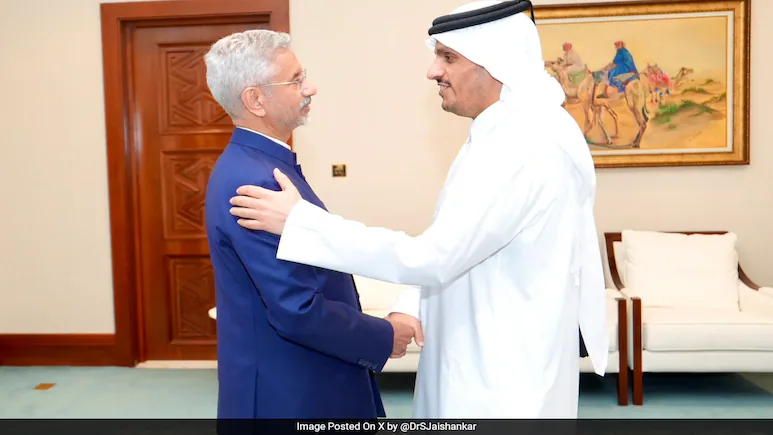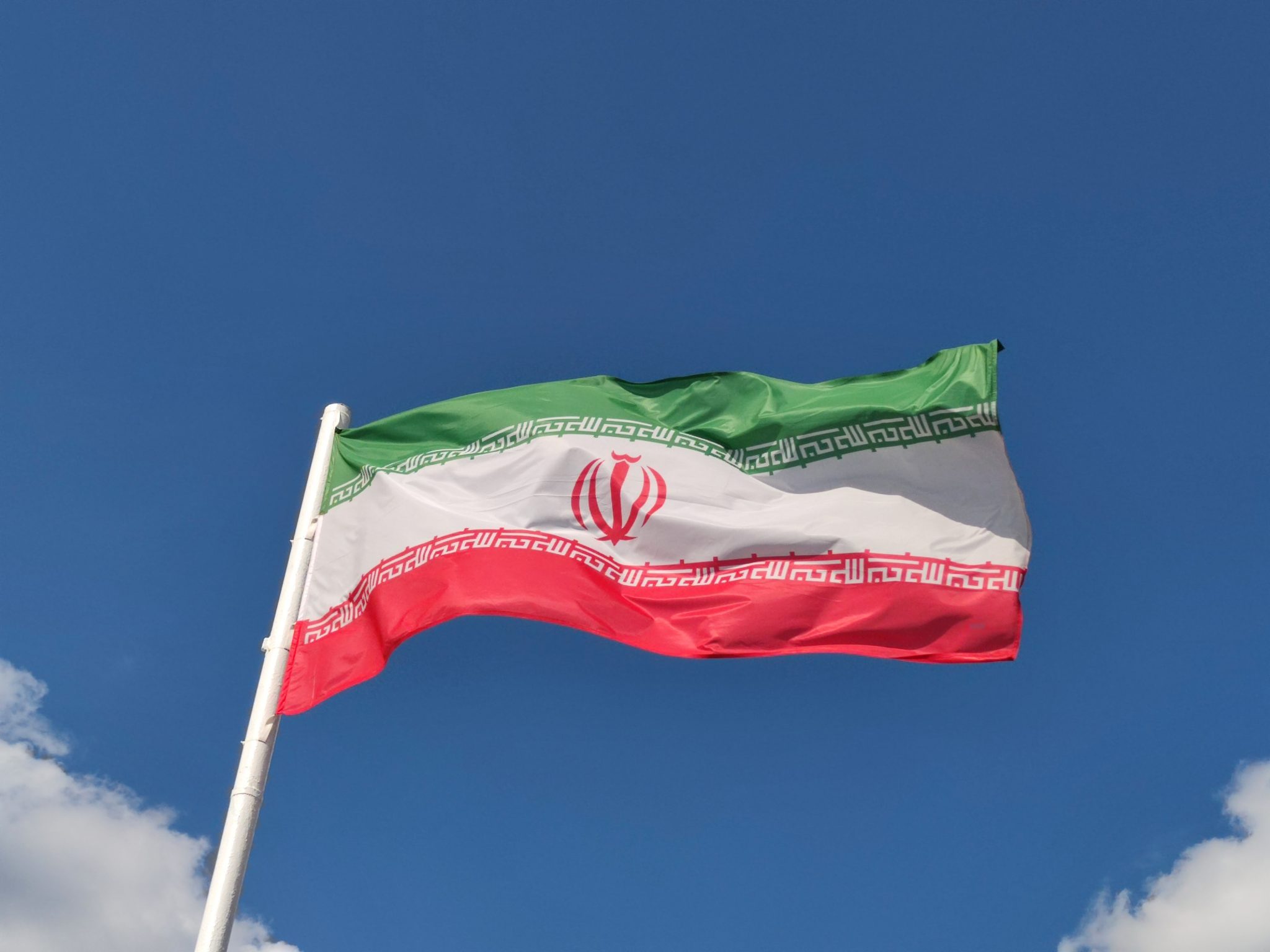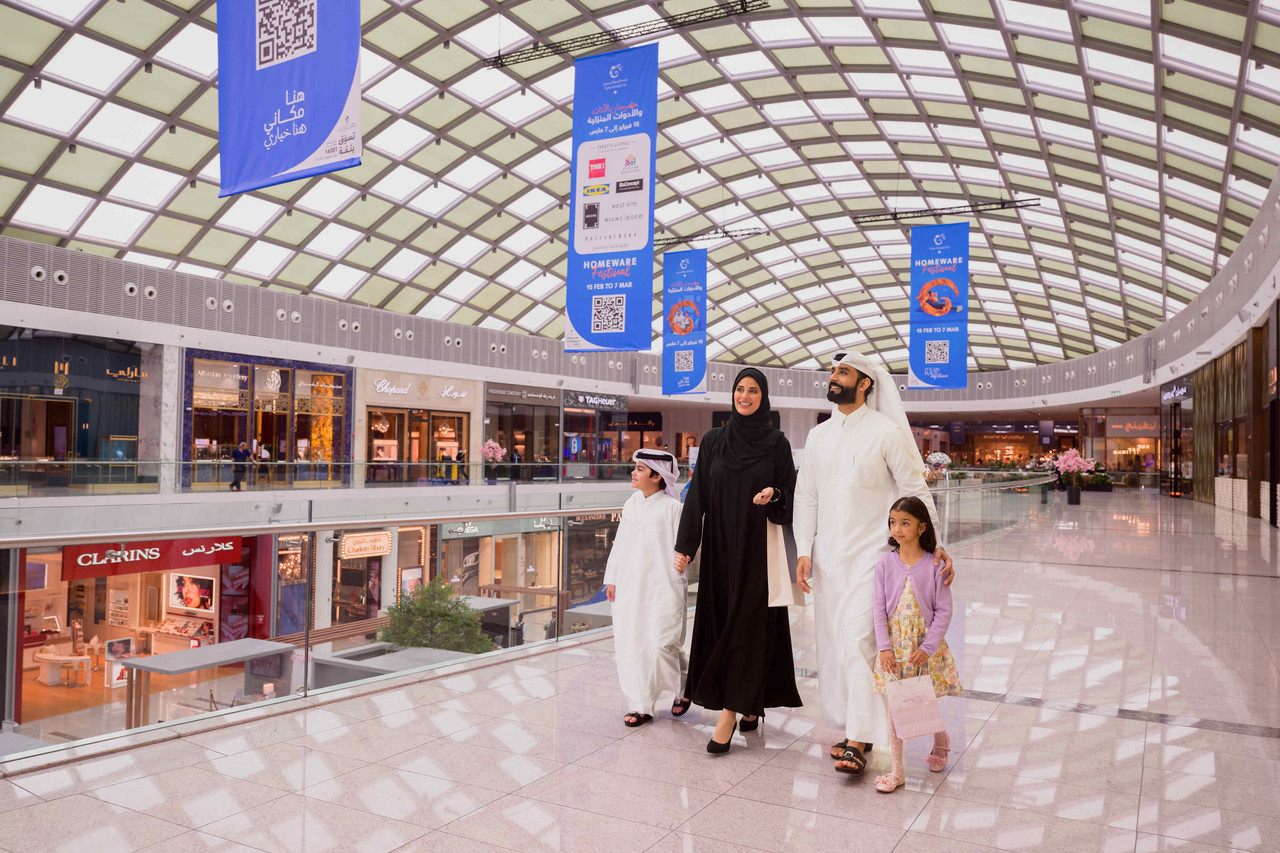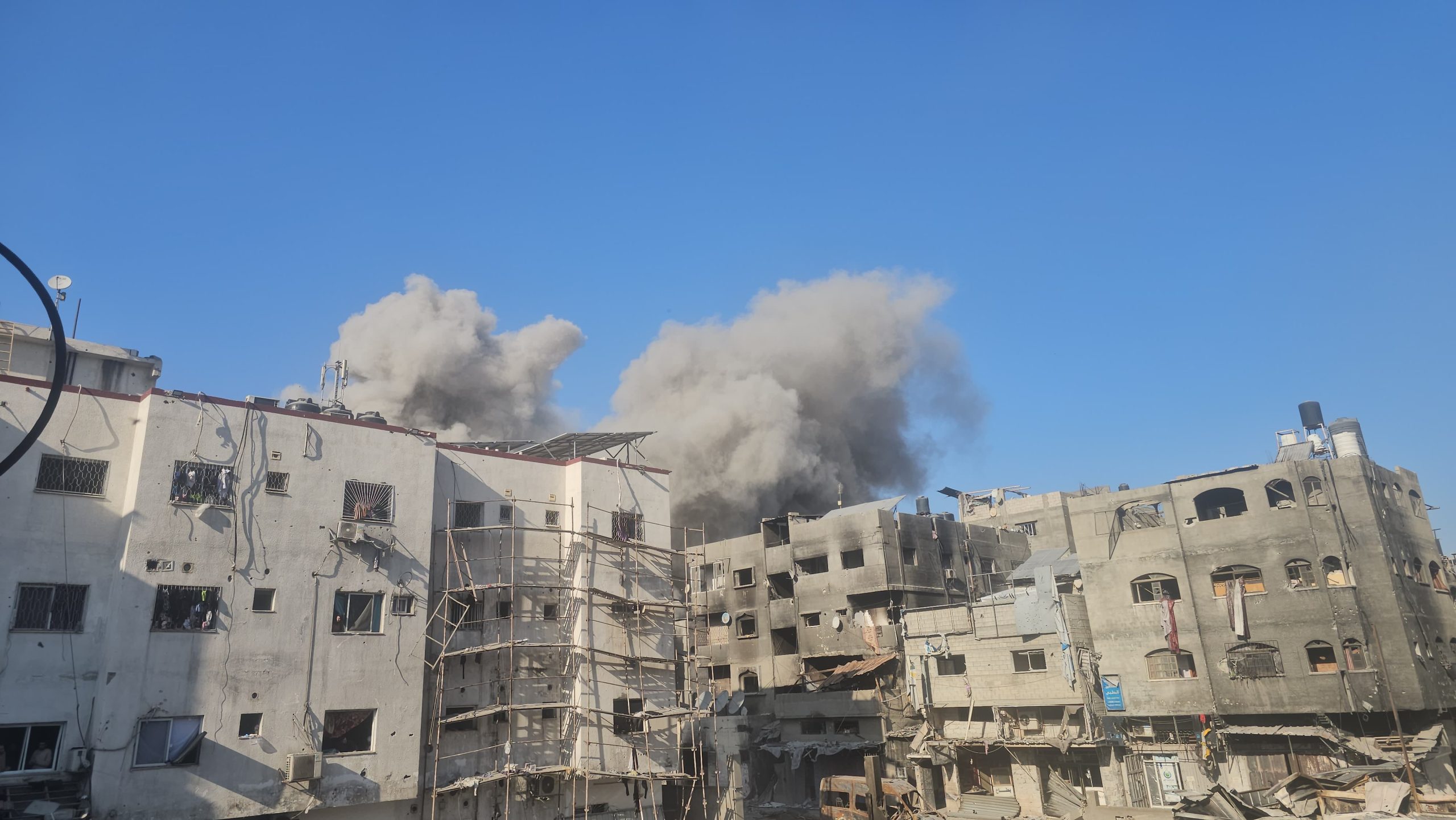This year’s World Cup is the most expensive FIFA tournament in history, costing $220 billion, almost 20 times what Russia spent in 2018.
A US presidential delegation will travel to Qatar to attend the 2022 FIFA World Cup closing ceremony on 18 December 18, President Joe Biden confirmed on Wednesday.
The group will be led by Linda Thomas-Greenfield, United States Ambassador to the United Nations.
Other members accompanying include, US Envoy to Qatar Timmy T. Davis, US representative and co-chair of the Congressional Football Caucus Rick Larsen, US special assistant to the president and senior director for Partnerships and Global Engagement, National Security Council Amanda Mansour, among others.
The closing ceremony will be hosted at the Lusail Stadium where the World Cup Final will also take place. Lusail Stadium is the largest of the World Cup venues, holding a capacity of 80,000 people.
The final game will be played between Argentina and France on 18 December.
Top officials attend opening ceremony
The majority of world leaders present at the 2022 FIFA World Cup opening ceremony in Qatar on Sunday were from the Arab world.
Recep Tayyip Erdogan, the president of Turkey, a strong supporter of Qatar, Mohammed bin Salman, the crown prince of Saudi Arabia, and Egypt’s Abdel Fattah El Sisi were some of the prominent attendees.
The presidents of Egypt and Algeria, as well as the Secretary-General of the United Nations, were present at the ceremony to officially kick off the first World Cup in the Middle East, along with Dubai ruler Sheikh Mohammed bin Rashid Al Maktoum. This is despite its rapprochement with Doha being slower than that of Riyadh and Cairo.
Leaders of Algeria, Jordan, Palestine, Senegal, Rwanda, and Liberia were also present.
Other officials include representative of Kuwait’s Crown Prince Sheikh Mishal Al Ahmad Al Jaber Al Sabah, Crown Prince of Jordan Hussein bin Abdullah II, Caretaker Prime Minister of Lebanon Najib Mikati, Vice President of Ecuador Alfredo Borrero, UN Secretary-General Antonio Guterres and Aide to the President of the Russian Federation Igor Levitin, among other prominent attendees.
The region’s first-ever FIFA World Cup hosted in Qatar garnered over 765,000 visitors during the first two weeks of the tournament, which was lower than the expected 1.2 million.
A 7 December report prepared by the Supreme Committee for Delivery and Legacy (SC) registered 1.33 million match ticket holders and 3.09 million tickets for the event that finishes on 18 December were sold among the eight stadiums in Qatar.
Separately, Qatar welcomed nearly 180,000 visitors in October, marking a six-year high, according to Qatar Tourism data analysis.
The increase is largely due to a multitude of events, new launches, and football fever.
Throughout the year, visitors have steadily increased month on month, with the latest October statistics nearly exceeding a third (or 32% more than October 2017) higher than pre-pandemic levels, the data shows.
Visitors from the Gulf Cooperation Council (GCC) made up more than a third of all foreign visitors to Qatar in October, drawn by the country’s attractions and family-friendly activities.
Non-GCC tourists made up 66% of all visitors in October, an increase of 10% from the previous month.
Arrivals from outside the GCC were primarily from India, which accounted for 13%, while the United Kingdom made up 4%, and the United States 3%.
70% of visitors chose to travel by plane this month, while 29% traveled by land, and 1% travelled by water.
Visitors to Qatar were greeted with a jam-packed calendar of launches and openings in October, including the reopening of the Museum of Islamic Art (MIA), upscale shopping centres, and a flurry of top-tier luxury hotels.
With an active calendar, Qatar has experienced a remarkable comeback in its tourism industry this year, with more than one million travellers choosing Qatar as their preferred destination so far – up from 611,000 in 2021.
Given the recent rise in visitors, the number of room keys supplied in the country’s hotels for October increased by 8% year over year.

